Results 1,771 to 1,780 of 12096
Thread: Anandtech News
-
04-09-12, 05:10 PM #1771
Anandtech: ioSafe SoloPRO: Disaster Proofing Your Storage Needs
Consumers understand the importance of keeping their documents and other material possessions safe from unexpected disasters. Towards this, many invest in fireproof and waterproof safes. However, as the digital economy grows, many of the possessions such as documents and photo albums are in terms of bits and bytes, rather than tangible things which can be placed in safes. This brings to fore the necessity to find a disaster-proof safe place for those bits and bytes in both personal and business settings.
Storage media (hard disks, in particular) are quite sensitive to environmental conditions, and protecting them from disasters such as fires and floods is an interesting problem. ioSafe has been in the business of selling disaster proof storage solutions for the last 7 years. Their products have been well-reviewed and their CES demonstrations have always drawn a large audience. We have had the ioSafe SoloPRO 1TB USB 3.0 version in-house over the last month. To tell the truth, I spent more time reading up and understanding ioSafe's technology than actually testing out the drive. A number of other ioSafe reviews have already subjected their products to harsh conditions and proved that the hard drive inside is still salvageable. In this review, we will concentrate more on ioSafe's technology itself. Read on for our coverage.
More...
-
04-10-12, 02:10 AM #1772
Anandtech: Kingston HyperX 3K (240GB) SSD Review
With OCZ intent on moving as much volume to its in-house Indilinx controllers as possible, SandForce (now LSI) needed to expand to additional partners. OCZ has strong control over the channel so SandForce needed to turn to multiple partners to diversify its portfolio. One key win for SandForce was Kingston. We saw the launch of the first Kingston SandForce (SF-2281) based drive last year under the HyperX brand. Today Kingston is announcing a lower cost version of the drive with the HyperX 3K.
The 3K in this case refers to the number of program/erase cycles the NAND inside the SSD is rated for. Read on for our full review.
More...
-
04-10-12, 07:11 AM #1773
Anandtech: Micron C400 mSATA (128GB) SSD Review
The arrival of affordable, high-performance client SSDs gave us two (closely related) things: 1) a high-speed primary storage option that could work in both a notebook or a desktop, and 2) independence from traditional hard drive form factors.
Unlike traditional hard drives, solid state storage didn't have the same correlation between performance and physical size. The 2.5" form factor was chosen initially because of the rising popularity of notebooks and the fact that desktops could use a 2.5" drive with the aid of a cheap adapter. Since then, many desktop cases now ship with 2.5" drive bays.
It turns out that even the 2.5 wide, 9.5mm tall form factor was a bit overkill for many SSDs. We saw the first examples of this with the arrival of drives from Corsair and Kingston, where the majority of the 2.5" enclosure went unused. Intel and others also launched 1.8" versions of their SSDs with performance levels comparable to their 2.5" counterparts.
Moore's Law ensures that large SSDs can be delivered in small packages. Take the original Intel X25-M for example. The first 80GB and 160GB drives used a 50nm 4GB MLC NAND die (1 or 2 die per package), across twenty packages. Intel's SSD 320, on the other hand, uses 25nm NAND to deliver 300GB or 600GB of storage in the same package configuration. As with all things Moore's Law enables, you can scale in both directions - either increase capacity in a 2.5" form factor, or enable smaller form factors with the same capacity.
The Ultrabook movement has encouraged development of the latter. While Apple and ASUS (among others) have picked custom form factors for their smallest form factor SSDs, there's always a need for standardization. One option is the mSATA form factor:
Take a mini PCIe card, use the same connector, but make it electrically compatible with SATA and you've got mSATA. It's even possible to build an mSATA/mini PCIe connector that can switch between the two interfaces.
We met our first mSATA SSD with Intel's SSD 310, however today Micron is announcing an mSATA version of its popular C400 drive.
Read on for our full review!
More...
-
04-10-12, 11:10 PM #1774
Anandtech: Toshiba Satellite P755D: Nearing the End of the Road for Llano
While the launch of Trinity isn't too far away, it's important to remember there are still plenty of Llano notebooks available today with a lot to offer on their own. AMD's APU may be weak on the processor performance side, but the GPU side achieves something Intel historically couldn't touch: decent gaming performance at a budget price.
The problem now is that with Ivy Bridge also due soon, Sandy Bridge-based notebooks are going at fire sale prices while any of NVIDIA's 500 series graphics that haven't been rebranded also need to be purged, resulting in a substantial number of notebooks with gaming potential hanging out in Llano's neighborhood. Toshiba's Satellite P755D features AMD's fastest 35-watt Llano processor and a Blu-ray drive at a reasonably low price, but is it still going to be competitive?
More...
-
04-11-12, 03:40 AM #1775
Anandtech: Toshiba Teases New Notebooks, Tablets
We recently had a chance to take a meeting with Toshiba representatives in San Francisco, California, where we were previewed their upcoming releases for 3Q12. Toshiba is essentially targeting the back-to-school crowd with their refreshed notebook lines, while their new tablets aim to take both a more aggressive and a more out-of-the-box approach to the market.
Read on to see what Toshiba plans to bring to market for the back to school season.
More...
-
04-11-12, 11:30 AM #1776
Anandtech: Nokia Acknowledges Lumia 900 Data Issue, Offers Fix and $100 Credit
In the short time I spent with our Nokia Lumia 900 review unit, I never encountered any loss of data connectivity issues either on AT&T LTE, AT&T HSPA+. Nevertheless, shortly after the Lumia 900 went on sale this Sunday, some users began reporting issues with the device losing data connectivity on both HSPA+ and LTE. Since those early reports began trickling in, Nokia has now acknowledged a memory management issue is at fault and will issue a software update on April 16th.
Users who don't want to wait for the Lumia 900 software update on the 16th (which will be made available through Zune like other Windows Phone updates) can also optionally swap the phone at an AT&T store for an updated device. In addition, Lumia 900 buyers from launch through April 21st will receive a $100 credit on their AT&T statement, effectively making the $99 on-contract device free.
Personally I find the turnaround from device release on April 8th, to acknowledging this data issue on the 11th and providing a patch on the 16th incredibly fast by smartphone ecosystem update standards. Although I didn't encounter any issues with data connectivity on the Lumia 900 we were sampled during the course of preparing our review (and I take pride in usually uncovering these bugs), I did use Nokia's Network Setup application to change APNs back and forth between the supplied LTE-provisioned SIM and my own HSPA+ only SIM, which might have been a factor. Interestingly enough during the pre-NDA cycle some other reviewers encountered data connectivity issues which we were told was the result of a provisioning error. Either way, it's good to see Nokia quickly mitigating these issues with its flagship device.
Source: Nokia Conversations Blog
More...
-
04-11-12, 01:20 PM #1777
Anandtech: Apple TV A5 SoC is 32nm, Harvested dual-core A5
The 3rd generation Apple TV ships with what Apple tells us is a single-core A5 SoC. After x-raying the chip in the new Apple TV, Chipworks just confirmed that the SoC is actually a 32nm dual-core part - presumably with one core disabled.
The iPhone 4S' A5 and the A5X used in the new iPad are both built on Samsung's 45nm LP process. This new A5 in the Apple TV is built on Samsung's 32nm High-K + Metal Gate (gate first) process. When transitioning to a new process node, it's always advisable to have a "pipe-cleaner" part. A small, not overly complex design that you can use to test the process and use to discover any bugs. It also helps if this is a lower volume part as there's always a risk of the new manufacturing process being unable to deliver high enough yields. Apple testing Samsung's 32nm process in the new Apple TV makes a lot of sense. There are far fewer Apple TVs sold than iPhones or iPads, so any troubles on the manufacturing side shouldn't really matter. Furthermore, Apple could also ship die-harvested (1 core disabled) 45nm A5s into Apple TVs if things get really bad.
Either way, it's clear that Apple is testing Samsung's 32nm process and this is likely the node we'll see debut in the next iPhone. As our own Brian Klug pointed out, this is the same part that's used in the new $399 version of the iPad 2 (iPad 2,4). Assuming Samsung's 32nm HK+MG process isn't horribly leaky at this point, we should actually see somewhat better battery life out of this new iPad 2 vs the older 45nm version.
CPU Specification Comparison CPU Manufacturing Process Cores Transistor Count Die Size Apple A5X 45nm 2 ? 163mm2 Apple A5 45nm 2 ? 122mm2 Apple A5 (3rd gen Apple TV) 32nm 2 ? 69.6mm2 Intel Sandy Bridge 4C 32nm 4 995M 216mm2 Intel Sandy Bridge 2C (GT1) 32nm 2 504M 131mm2 Intel Sandy Bridge 2C (GT2) 32nm 2 624M 149mm2 NVIDIA Tegra 3 40nm 4+1 ? ~80mm2 NVIDIA Tegra 2 40nm 2 ? 49mm2
More...
-
04-11-12, 01:50 PM #1778
Anandtech: Apple's iPad 2,4 also uses 32nm A5 S5L8942 SoC
Through Chipworks, we recently learned that Apple's revised A5 SoC (S5L8942) is built on a 32nm Samsung HKMG process. While its presence in the Apple TV (3rd generation) which we've reviewed and inspected is an absolute certainty, up until recently it hasn't been as common knowledge that the iPad 2,4 ($399 cost reduced Wi-Fi model) also contains the same S5L8942 SoC but with both A9 cores enabled, as opposed to the single core A9 configuration of the Apple TV 3.
To quell any possible naysayers, I grabbed the "iPad2,4_5.1_9B176_Restore" image a while ago, opened it up, and inspected the kernelcache for references to S5L8942, which there are. Note that the iPad2,4 is k93aap, there are numerous other references to S5L8942 elsewhere, including the buildmanifest plist, eg "Firmware/all_flash/all_flash.k93aap.production/glyphcharging.s5l8942x.img3." There's no question about S5L8942 (A5R2) being inside iPad2,4.
The end result is that if you're an iPad2,4 owner, you've got Samsung 32nm HKMG silicon inside. There's no doubt about iPad2,4 being out and in the wild either, as a number of geekbench 2 runs have popped up since release on their online result browser, which I've been watching like a hawk.
The interesting other question is whether iPad2,4 owners have improved battery life compared to those with iPad2,1 (WiFi), though admittedly that's not going to be a common upgrade path for existing iPad 2 owners to check out. I no longer own an iPad 2 but am going to set out to measure and compare to see just how much of a difference there is, which in turn might say something interesting about Samsung's 32nm HKMG process.
Overall, Apple porting the existing A5 design to Samsung's 32nm HKMG process makes a lot of sense to both test the waters and figure out any design issues, as well as not jeopardize production for the high end.
More...
-
04-11-12, 02:30 PM #1779
Anandtech: OCZ Confirms Octane and Vertex 4 use Marvell based Silicon
I received a tip yesterday with proof that OCZ's Everest controller was actually a Marvell 88SS9174 controller (the same controller used in Crucial's m4, Intel's SSD 510, etc...) with a custom Indilinx firmware. After a bit of digging, it turns out that this is indeed the case. Although OCZ is working on non-Marvell based solutions, the Everest 1 (Octane) and indeed the Everest 2 (Vertex 4) are both based on Marvell hardware. The firmware is entirely Indilinx's own development, but the hardware is from Marvell. The hardware implementation isn't completely identical as OCZ claims its solutions run at higher clock speeds than the standard off-the-shelf Marvell components.
This doesn't really change anything but it does explain how OCZ was able to bring two revisions of Everest to market as quickly as it did after the Indilinx acquisition. OCZ and Marvell have been working very closely together for a while now and even announced a native PCIe controller they collaborated on at CES this year called Kilimanjaro. As even Intel has admitted to in the past, the value in delivering an SSD isn't always in controller hardware but rather the firmware and validation.
More...
-
04-11-12, 04:50 PM #1780
Anandtech: Zotac ZBOX Nano XS AD11 Plus: Redefining the Small Form Factor PC
Small Form Factor (SFF) PCs are becoming quite popular as processors become more and more power efficient. Over the last few years, we have had a slew of budget SFF PCs. We have a number of powerful units targeting the mid-range and high-end markets such as the CoreHT and the Vision 3D series from ASRock. However, the sales volume lies in the budget lineups. Companies like Asus, ASRock, Sapphire and Zotac have been playing in this segment of the market. The trend started with pure Atom based nettops. The ION-based nettops brought HD video decoding and limited gaming capabilities to the budget lineups. AMD joined the game late with their AMD Fusion-based Brazos offerings early last year. Almost all of these offerings come to the consumer in the form of mini-ITX boards.
Is there anything smaller than a mini-ITX system? The nano-ITX and pico-ITX form factors pioneered by VIA are much smaller, but haven't gained much popularity. Today, Zotac is introducing their AMD E-450 based ZBOX Nano XS AD11 Plus. With a motherboard measuring 10 cm x 10 cm (smaller than the nano-ITX and just slightly bigger than a pico-ITX), it is definitely one of the smallest machines we have seen in our labs.The ZBOX Nano XS AD11 Plus comes with loads of exciting features, and Zotac gave us the chance to check out the unit prior to launch. Read on for our review.
More...
Thread Information
Users Browsing this Thread
There are currently 15 users browsing this thread. (0 members and 15 guests)




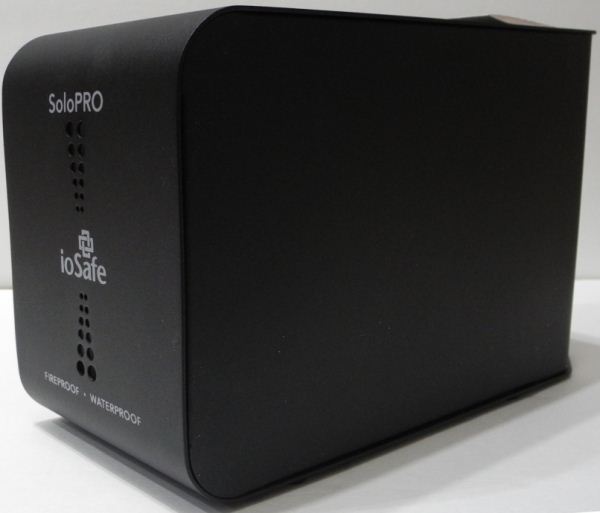

 Quote
Quote
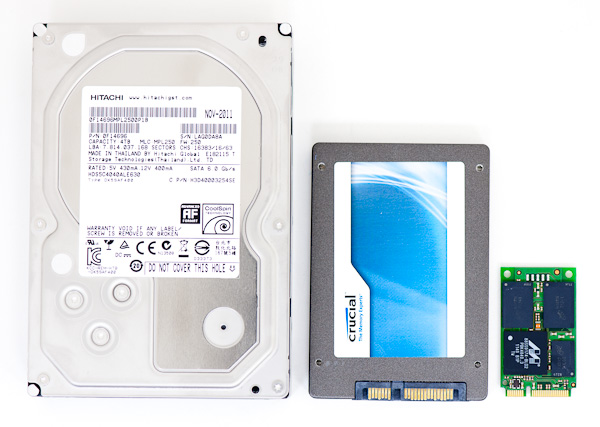

.jpg)

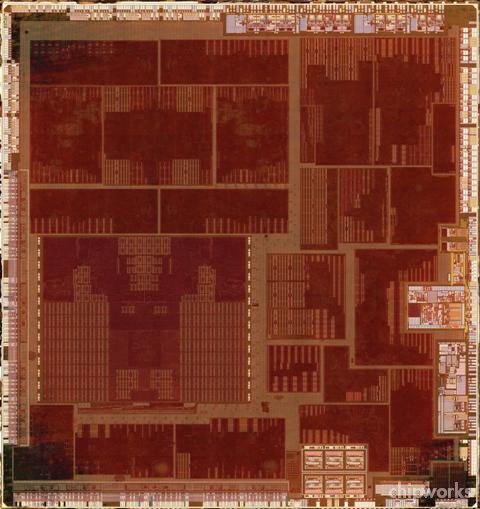
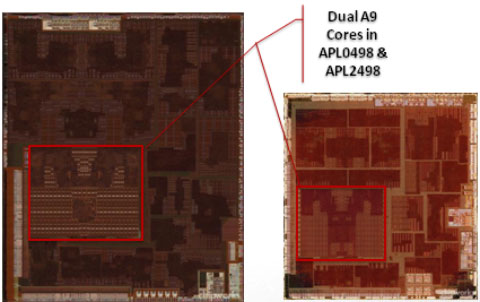
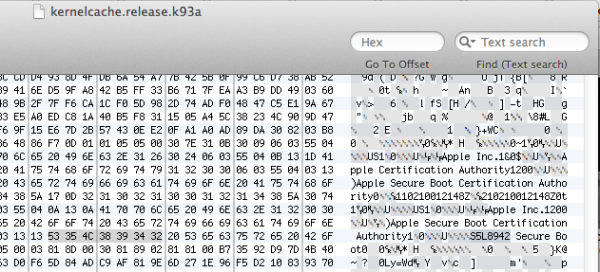
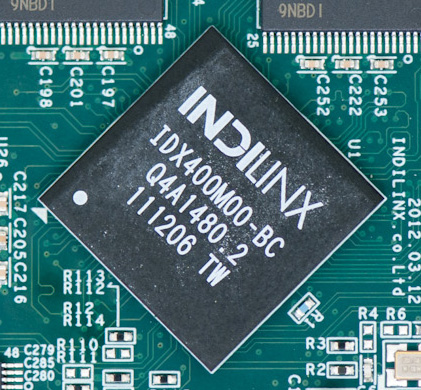

















Bookmarks